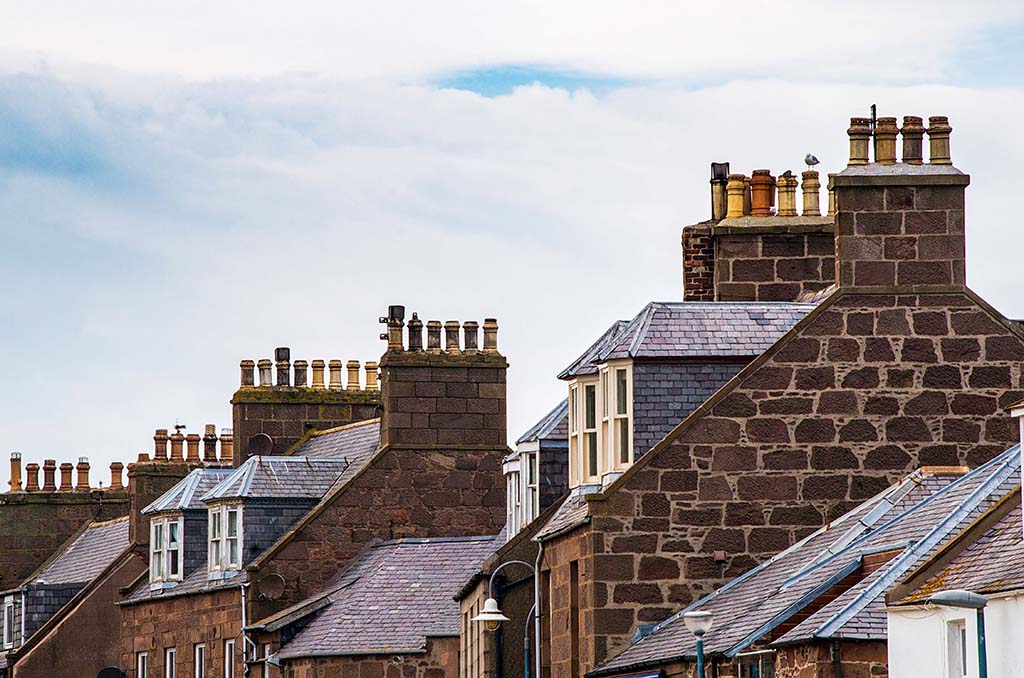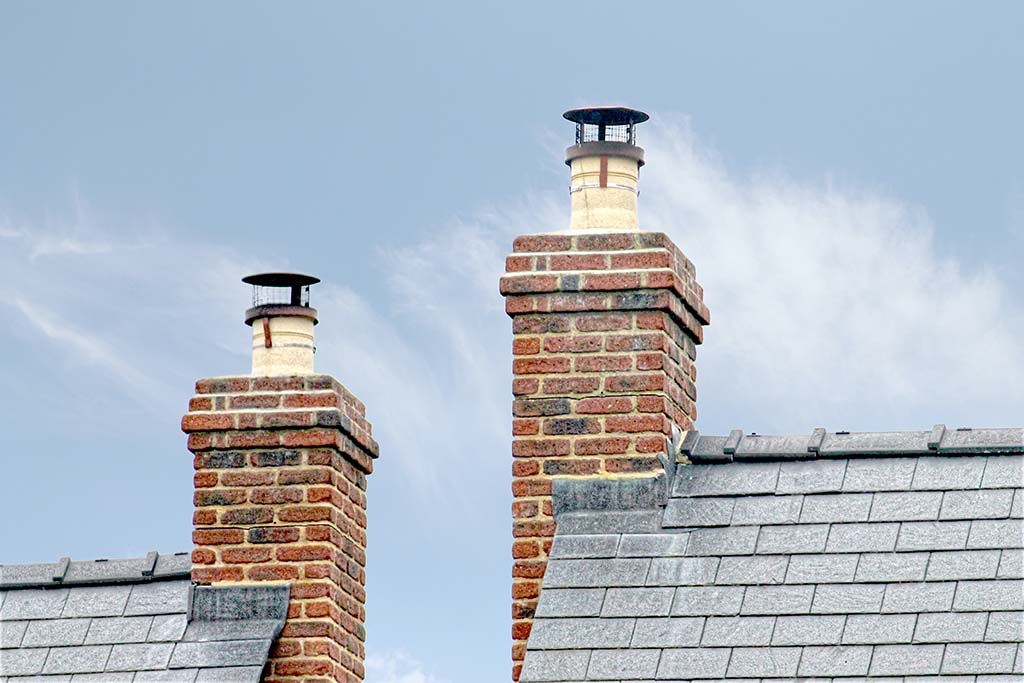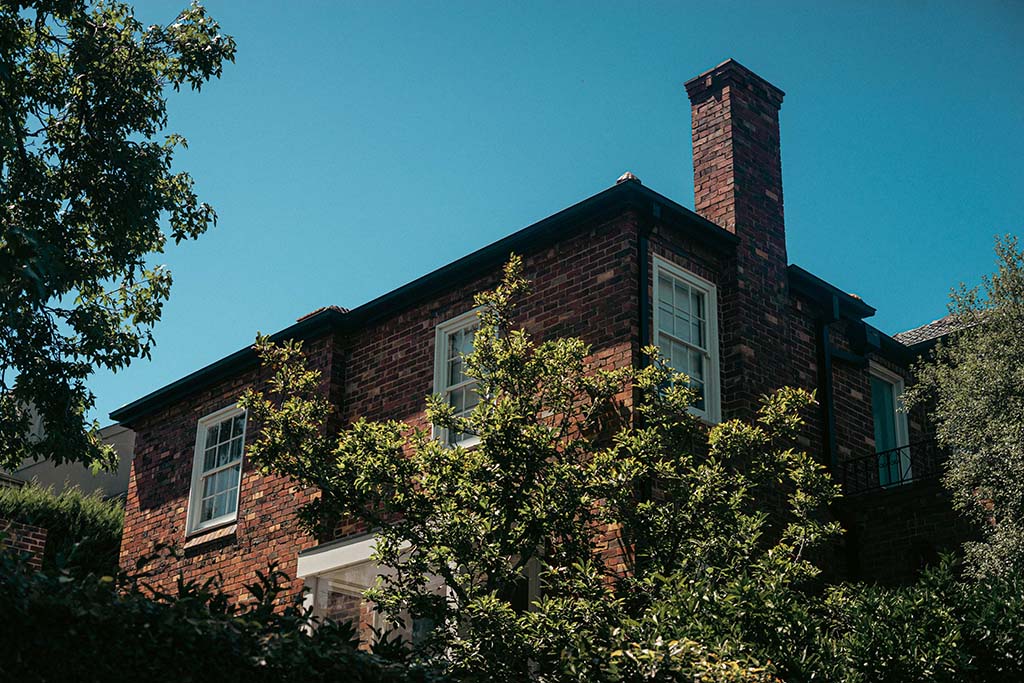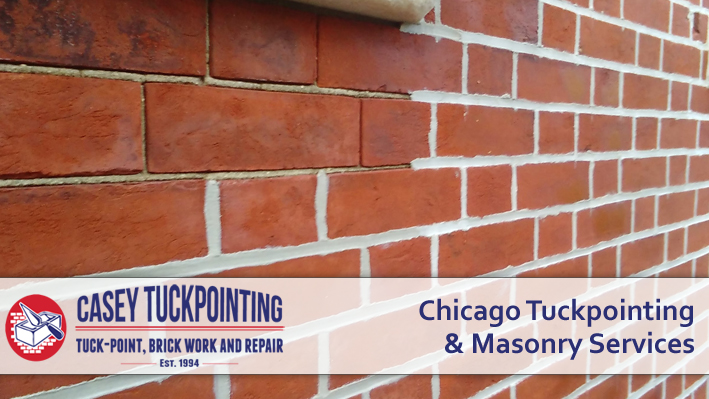A chimney leak can quickly become a homeowner’s nightmare, causing water damage, structural issues, and potential health hazards. Identifying the root cause of chimney leaks and promptly addressing them is crucial to protecting your property. In this article, we will delve deeper into the common causes of chimney leaks and explore effective repair solutions to restore your chimney’s integrity.

Damaged Chimney Crown
The chimney crown, typically made of concrete or mortar, is susceptible to cracking due to exposure to harsh weather conditions such as freeze-thaw cycles, rain, and UV rays. Cracks in the crown allow water to seep into the chimney structure, leading to leaks. Additionally, a damaged crown can result in accelerated deterioration of the underlying masonry. To repair a damaged chimney crown, professionals often recommend crown resurfacing or replacement. This involves removing the deteriorated crown, repairing any underlying masonry damage, and applying a new crown made of high-quality materials such as concrete or specialized crown sealants. Additionally, a waterproof sealant specifically designed for chimneys can be applied to provide an extra layer of protection against moisture and prevent future crown damage.
Faulty Flashing
Flashing is an essential component that prevents water from entering the gap between the chimney and the roof. Over time, flashing can become loose, rusted, or improperly installed, leading to leaks. This can occur due to the expansion and contraction caused by temperature fluctuations, storms, or improper installation techniques. Repairing flashing issues involves a thorough inspection to identify any loose or damaged sections. The old flashing is then carefully removed, and the area is cleaned to ensure a proper seal. Finally, new flashing made of corrosion-resistant materials such as aluminum, or copper is installed. The flashing creates a secure watertight barrier. Additionally, applying a layer of specialized flashing sealant further enhances the flashing’s ability to repel water and maintain its integrity over time.

Cracked Chimney Masonry
The masonry of a chimney, including bricks or stones, can deteriorate over time due to weather exposure, chimney fires, settling of the foundation, or poor construction techniques. Cracks and gaps in the masonry allow for a potential chimney leak. Furthermore, water intrusion can exacerbate existing cracks, leading to further deterioration. Repairing cracked chimney masonry typically involves tuckpointing, a meticulous process that requires removing the damaged mortar joints to a specific depth and width. Fresh mortar is then applied, matching the color and composition of the existing mortar. This process not only restores the structural integrity of the chimney but also improves its appearance. Applying a waterproofing sealant after tuckpointing provides an additional layer of protection, reducing water absorption and helping to prolong the lifespan of the masonry.
Porous Bricks or Stones
Older chimneys often feature bricks or stones that are porous or absorbent, making them more susceptible to water damage. Over time, the constant exposure to moisture can lead to spalling, efflorescence, and other forms of deterioration. Applying a waterproofing sealant specifically designed for chimneys can significantly reduce water absorption and extend the lifespan of the chimney. Before applying the sealant, it is essential to clean the chimney thoroughly and repair any existing damage. The sealant should be applied in multiple layers, ensuring that each layer is allowed to dry before the next application. High-quality chimney sealants penetrate the masonry and create a barrier, reducing water absorption while still allowing the chimney to breathe.
 Condensation Problems
Condensation Problems
Condensation occurs within the chimney when warm air from the house meets the cooler surfaces of the chimney liner. This moisture buildup can lead to leaks and damage over time. Insulating the chimney liner or installing a stainless steel liner helps maintain a consistent temperature within the flue, reducing the likelihood of condensation. Insulation materials such as high-temperature ceramic wool or rigid foam insulation are wrapped around the liner to create a thermal barrier. Additionally, ensuring proper ventilation in the chimney system, such as adding a chimney cap with appropriate airflow or installing venting systems, can minimize condensation issues and prevent leaks. Properly functioning vents allow for the expulsion of excess moisture, preventing condensation from forming within the chimney.
Chimney Cap and Damper Issues
A chimney cap serves as a protective cover, preventing rainwater, debris, and animals from entering the chimney flue. If the chimney cap is missing or damaged, it becomes a gateway for water infiltration. Installing or replacing a chimney cap is a relatively straightforward solution that significantly reduces the risk of leaks. Chimney caps are available in various designs and materials, such as stainless steel or copper. They can also be customized to fit different chimney sizes and styles. Additionally, incorporating features like a spark arrestor in the chimney cap prevents sparks or embers from escaping the flue, enhancing both safety and functionality. Similarly, a malfunctioning damper can allow water to enter the chimney when it’s not in use. Repairing or replacing the damper restores its proper functionality, ensuring it can prevent water intrusion. Upgrading to a top-sealing damper, which sits at the top of the chimney rather than within the firebox, can provide better protection against water intrusion and improve energy efficiency.

Understanding the causes of chimney leaks and the appropriate repair solutions leads to addressing issues effectively. However, chimney repairs can be complex, and it is advisable to consult with a professional chimney repair specialist. They have the knowledge, experience, and tools to assess the problem and execute the necessary repairs with expertise. Remember, regular chimney inspections and maintenance are crucial to identify issues early, avoid repairs, and preserve your chimney. Prioritizing chimney leak care ensures you can enjoy the warmth, comfort, and safety that a well-maintained chimney brings to your home.
Contact Casey Tuckpointing today for chimney leak / masonry services you are looking for!
